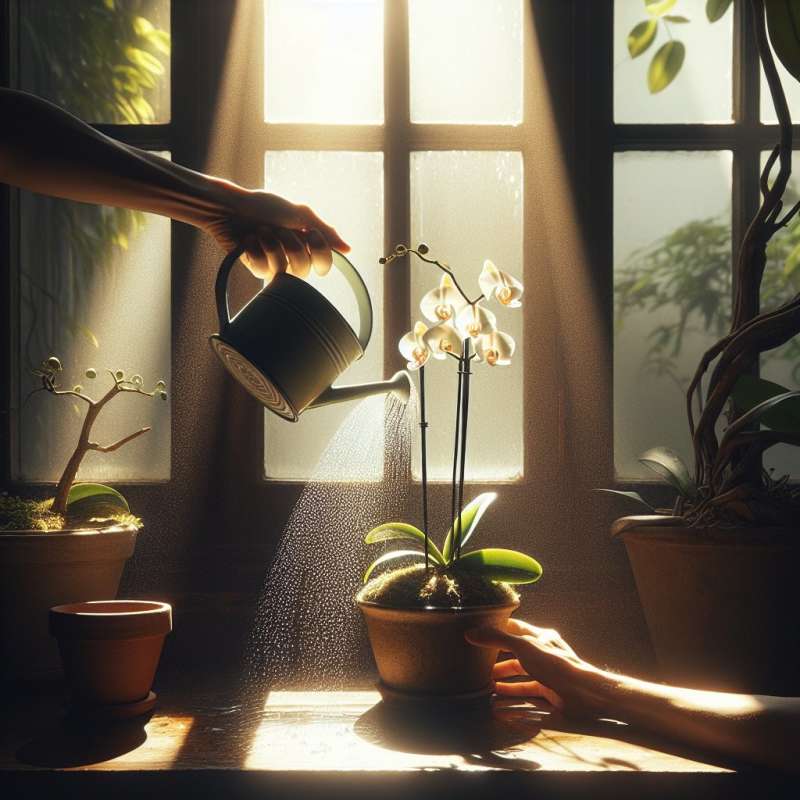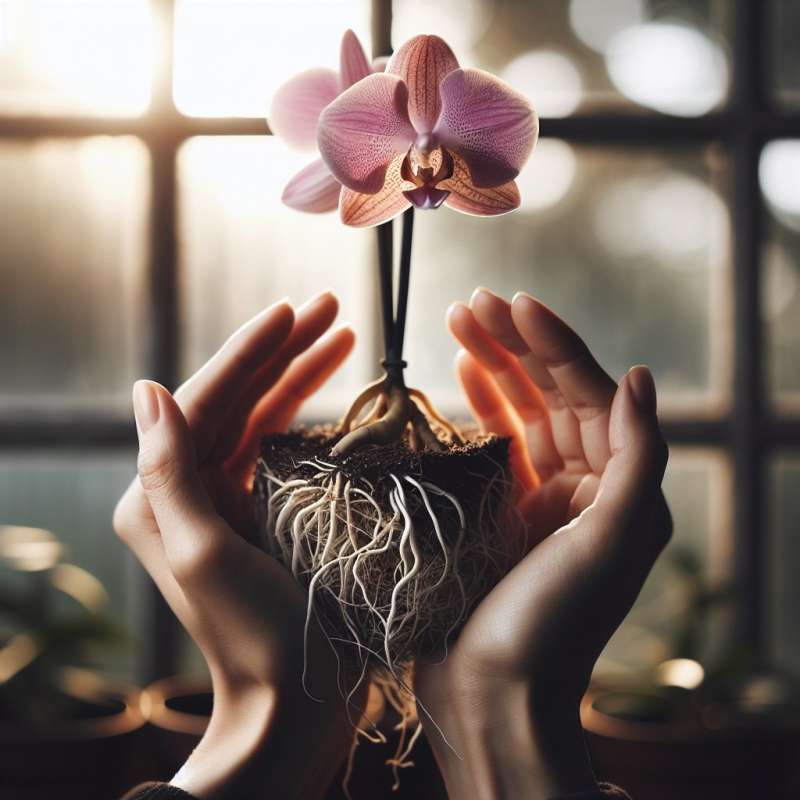
Understanding Orchid Varieties
Orchids encompass a vast family with over 25,000 species. Common indoor types include Phalaenopsis and Dendrobium. Each variety has specific care needs, so identification is the first step to proper orchid care.
Optimal Lighting Conditions
Orchids thrive in bright, indirect light. Direct sunlight can burn leaves, while too little can prevent flowering. East-facing windows are ideal. Use sheer curtains to diffuse intense afternoon sun in south or west-facing settings.
Proper Watering Technique
Orchids require a delicate balance of moisture. Overwatering is a common mistake. Water every 1-2 weeks, allowing the potting mix to dry slightly between. Use tepid water and avoid wetting leaves to prevent rot.
Humidity and Air Flow
Orchids prefer 40-70% humidity. Kitchens and bathrooms often provide this naturally. Increase humidity with a tray of water and pebbles beneath the pot. Ensure good air circulation to mimic their native, breezy environments.
Fertilizing for Growth
Feed orchids with a balanced, water-soluble fertilizer diluted to half-strength every month. During active growth, increase to every other week. Fertilizing is crucial since potting media provides limited nutrients.
Repotting Insights
Repot orchids every 2-3 years or when the potting medium breaks down. Orchids prefer snug pots and special orchid mix that allows for air movement and drainage, which mimics their natural tree-perching growth.
Seasonal Care Adjustments
Adjust care with the seasons. Reduce watering and stop fertilizing in winter when growth slows. Increase watering and resume fertilizing in spring as growth picks up. Seasonal adjustments mimic their natural growth cycle.
How many orchid species exist?
Over 25,000 species
Around 10,000 species
Less than 5,000 species
Company